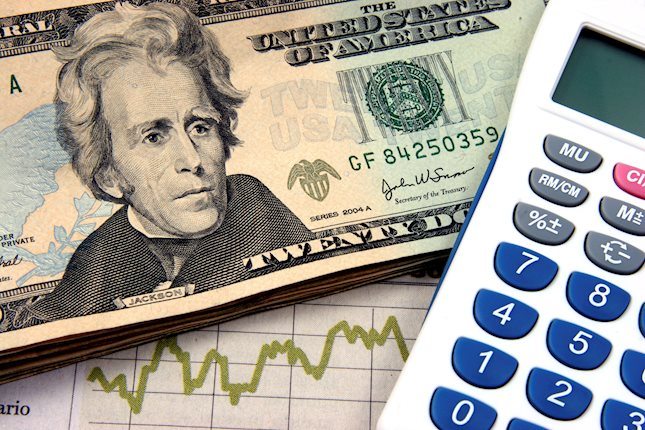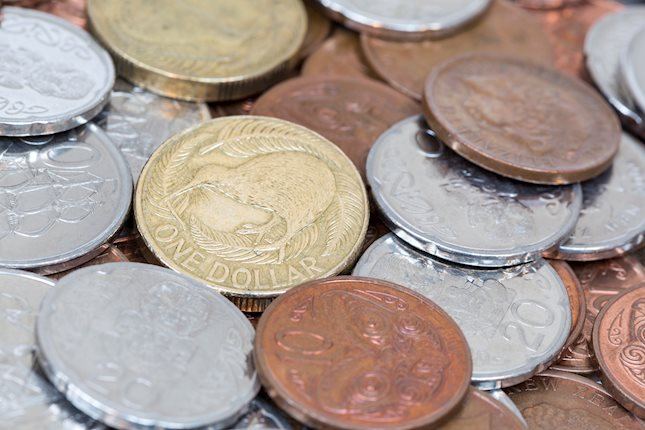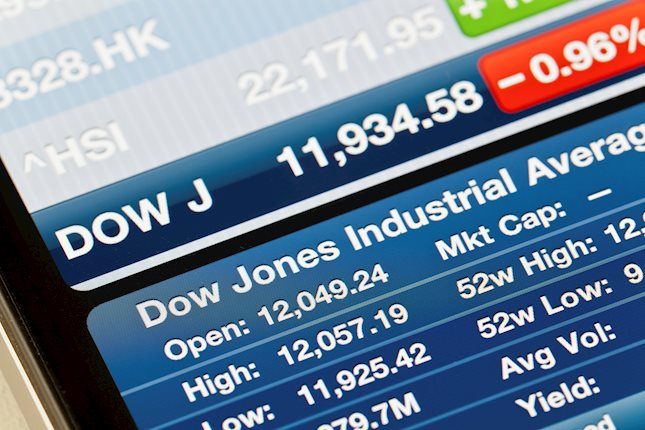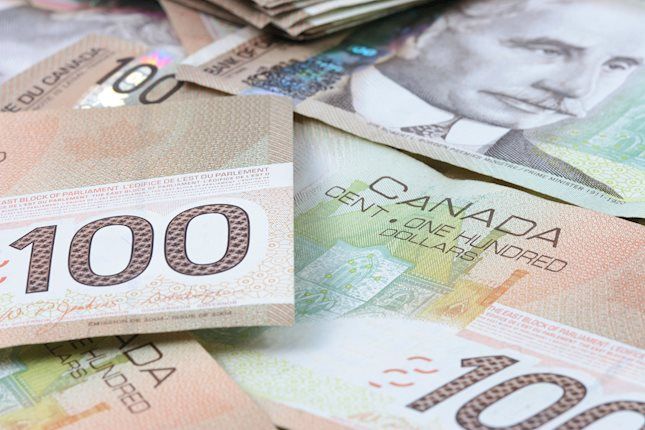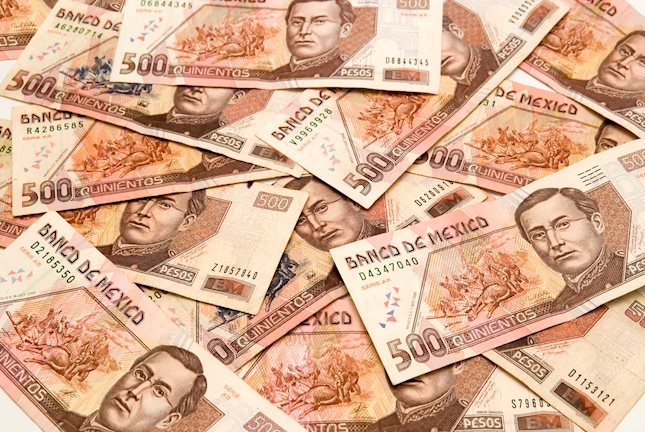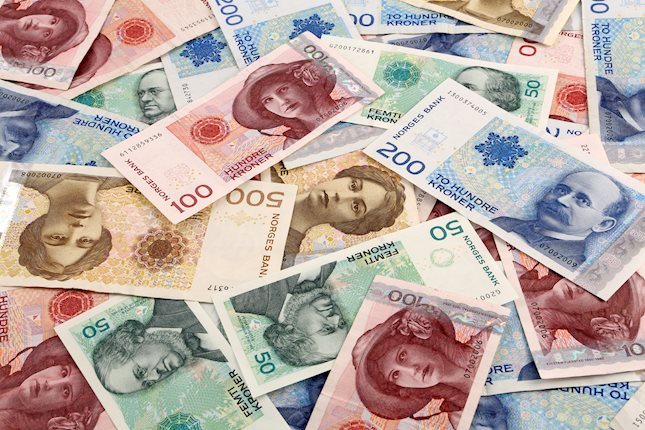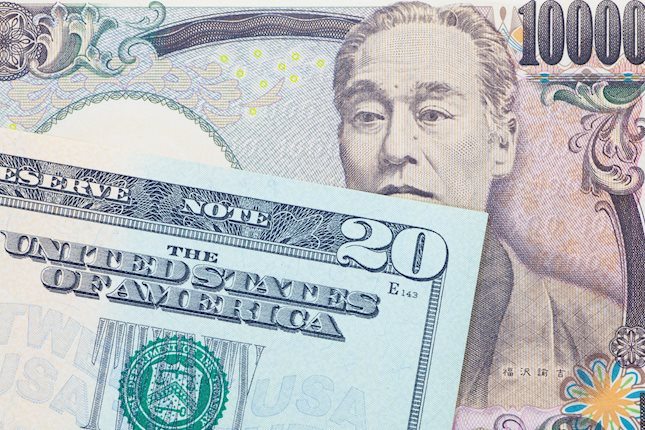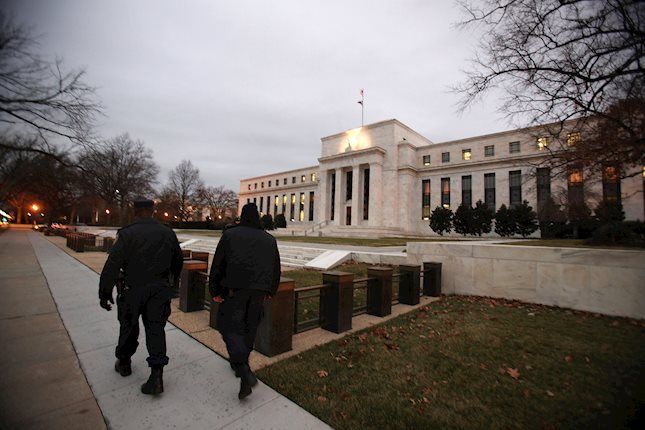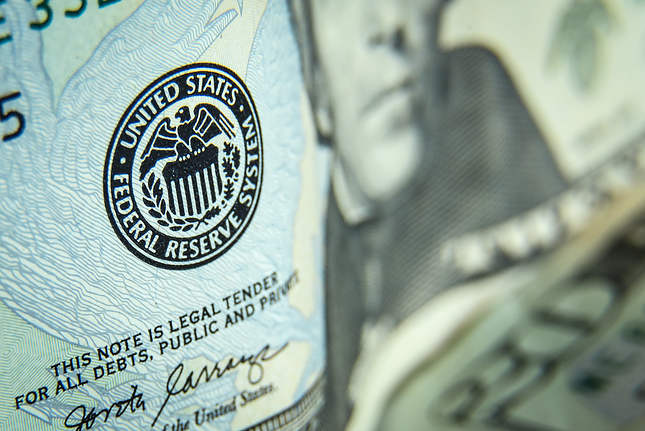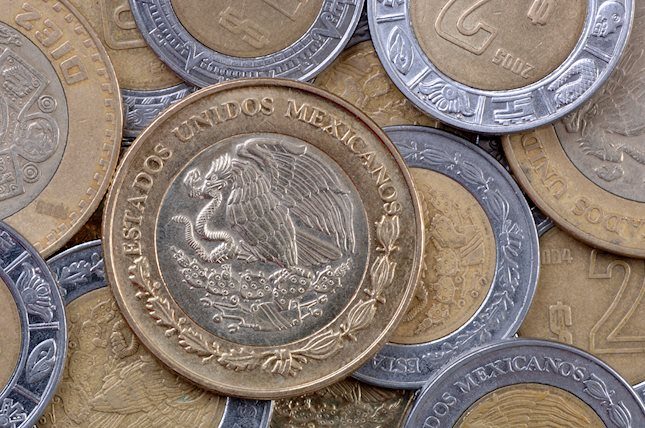US Dollar halts its rally ahead of key PCE figures
- US Q1 GDP reveals reduced expansion at 1.6% YoY.
- On the positive side, weekly Jobless Claims come in strong.
- Friday’s PCE data from March will dictate the pace of DXY in the short term.
The US Dollar Index (DXY) is seen trading mildly down at 105.75 on Thursday and struggling to gain more ground following its extended rally in April. The Index weakened following Gross Domestic Product (GDP) data from Q1, but losses may be limited after strong labor market data was reported during the European session.
The US economy remains resilient but is expected to grow at a slower pace due to inflation and higher interest rates. The Federal Reserve (Fed) remains firm on its stance and seems to not want to rush to start easing and market hawkish adjustments provide a cushion to the USD. Personal Consumption Expenditures (PCE) data from March will likely affect those investors’ expectations.
Daily digest market movers: DXY down after GDP data
- The Bureau of Economic Analysis’s (BEA) initial estimate revealed a 1.6% YoY annualized expansion in the US Gross Domestic Product (GDP) for January-March.
- GDP figures were below market predictions of a 2.5% annual rise, lagging behind 3.4% YoY growth in Q4 2023.
- The US Department of Labor showed a decrease of 5K in Initial Jobless Claims for the week ending April 20, resulting in a total of 207K Initial Jobless Claims.
- The weekly decline in Initial Jobless Claims surpassed market forecasts, which projected 214K claims, a clear improvement from the prior week's total of 212K.
- Regarding expectations on the Fed, markets bet on 20% odds of a June rate cut. A potential Fed rate cut in July or even September isn't fully assumed either, pointing to strong confidence in ongoing US economic performance that justifies the delay of the easing cycle.
DXY technical analysis: DXY shifts into neutral gear, bears lurk despite bullish undertones
The indicators on the daily chart portray a mixed stance for the DXY. The flat position of the Relative Strength Index (RSI) in positive territory resonates with stagnant buying momentum. Moreover, the decreasing green bars of the Moving Average Convergence Divergence (MACD) reflect a fading bullish sentiment, signaling potential weakness in the near future.
Fed FAQs
Monetary policy in the US is shaped by the Federal Reserve (Fed). The Fed has two mandates: to achieve price stability and foster full employment. Its primary tool to achieve these goals is by adjusting interest rates. When prices are rising too quickly and inflation is above the Fed’s 2% target, it raises interest rates, increasing borrowing costs throughout the economy. This results in a stronger US Dollar (USD) as it makes the US a more attractive place for international investors to park their money. When inflation falls below 2% or the Unemployment Rate is too high, the Fed may lower interest rates to encourage borrowing, which weighs on the Greenback.
The Federal Reserve (Fed) holds eight policy meetings a year, where the Federal Open Market Committee (FOMC) assesses economic conditions and makes monetary policy decisions. The FOMC is attended by twelve Fed officials – the seven members of the Board of Governors, the president of the Federal Reserve Bank of New York, and four of the remaining eleven regional Reserve Bank presidents, who serve one-year terms on a rotating basis.
In extreme situations, the Federal Reserve may resort to a policy named Quantitative Easing (QE). QE is the process by which the Fed substantially increases the flow of credit in a stuck financial system. It is a non-standard policy measure used during crises or when inflation is extremely low. It was the Fed’s weapon of choice during the Great Financial Crisis in 2008. It involves the Fed printing more Dollars and using them to buy high grade bonds from financial institutions. QE usually weakens the US Dollar.
Quantitative tightening (QT) is the reverse process of QE, whereby the Federal Reserve stops buying bonds from financial institutions and does not reinvest the principal from the bonds it holds maturing, to purchase new bonds. It is usually positive for the value of the US Dollar.
Forex News
Keep up with the financial markets, know what's happening and what is affecting the markets with our latest market updates. Analyze market movers, trends and build your trading strategies accordingly.

